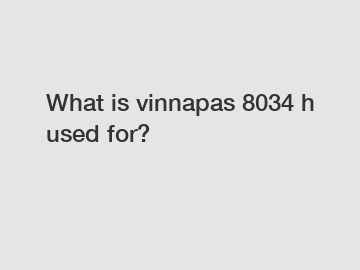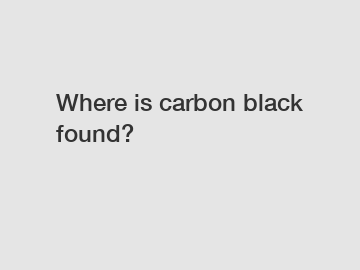Acetate vs. Acetone: What's the difference?
Acetate vs. Acetone: What's the difference?
Acetate and acetone are two terms used frequently in the chemical industry. Both terms may sound different, but they have some similarities that can cause confusion. The chemical composition and function of these two substances are different from each other. This article will discuss the difference between acetate and acetoneacetate and acetone.
What is Acetate?
Acetate is an anion derived from acetic acid, a colorless liquid with a pungent smell used as a primary ingredient in the production of vinyl acetate monomer, cellulose acetate, and polyvinyl chloride (PVC). Acetate is an important component of many materials and products used across several industries, including textiles, pulp and paper, specialty chemicals, pharmaceuticals, food, and beverages.
Acetate is often used in the textile industry in the form of cellulose acetate fibers. These fibers are made from natural cellulose, such as cotton or wood pulp, and treated with acetic acid and then acetate. The resulting textile is lightweight, breathable, and has good drape and softness. Acetate fibers are often used in high-end fashion and costume design due to their aesthetic value.
Acetate is also a common component in food and beverage packaging. It is used as a coating on food packages to protect them from moisture and the outside environment. Acetate is also a food additive that is used to enhance flavor and color. Additionally, it is used as a buffer agent to control the pH level in certain food products.
What is Acetone?
Acetone is a colorless, inflammable liquid and its chemical formula is (CH3)2CO. It is a common organic solvent and a ketone. Acetone is used in various chemical processes as a solvent and cleaning agent, and is also found in many consumer products including nail polish remover, paint thinner, and solvents used for cleaning purposes.
Acetone has a low boiling point and evaporates quickly, which makes it a suitable solvent for many applications such as in the pharmaceutical, paint, and chemical industries. It is used in the production of plastics, fibers, medicines, and other products.
The use of acetone is also widespread in the cosmetic industry. It is often used as a solvent in nail polish remover, as well as a component in skin care and hair care products.
Explore more:Unlocking the Benefits of Hydroxy Ethyl Methyl Cellulose
Which RDP for self-leveling offers the best price?
What are the cons of compostable bags?
Which Tsaker new energy model is the top choice for businesses looking to purchase renewable solutions?
Why is there a shortage of sodium bicarbonate?
Which Surprising Industry Can Benefit from Cellulose Ether Applications?
What is the source of NF3 gas?
Acetate vs. Acetone: The Differences.
One of the primary differences between acetate and acetone is their chemical composition. Acetate is an anion derived from acetic acid, while acetone is a ketone. Acetate is often used in the production of fibers, plastics, and food packaging, while acetone is commonly used as a solvent in various industries, including pharmaceuticals, cosmetics, and chemicals.
Another significant difference between these two substances is their physical properties. Acetone is a clear and volatile liquid with a characteristically strong odor, whereas acetate is often found in the form of fibers, sheets, or films.
In terms of their behavior, acetate is generally chemically stable and non-reactive, while acetone is more reactive. Acetone may dissolve many materials, including plastics and rubber, while acetate may be dissolved in several solvents such as water, alcohol, and ethylene glycol.
Finally, the use of acetate and acetone can have varying safety implications. Acetate is generally considered safe and non-toxic, whereas acetone may have some health risks if ingested or inhaled in large amounts.
Conclusion.
In conclusion, the differences between acetate and acetone are significant. Acetate is an anion that is used in industries such as textiles, food and beverage packaging, and specialty chemicals. Acetone is a common organic solvent used in various industries, including pharmaceuticals and cosmetics.
Understanding the differences and proper usage of acetate and acetone is important in many industries, especially in the manufacturing of products such as fibers, plastics, and food packaging. By understanding their properties and applications, the use of these two chemicals can be optimized for the desired purpose and safety.
For more information, please visit methyl methacrylate manufacturing process, Hydrogen Peroxide Technology.
Explore more:Exploring the Benefits of Chemical Compound 19916-73-5
What is 102 97 6 cas used for?
Where is HPMC used?
Which is best waterproofing chemical for plastering?
Compostable Containers: A Green Solution or Just Hype?
Revolutionizing Clean Energy: Discover Tsaker's Innovative Solutions










